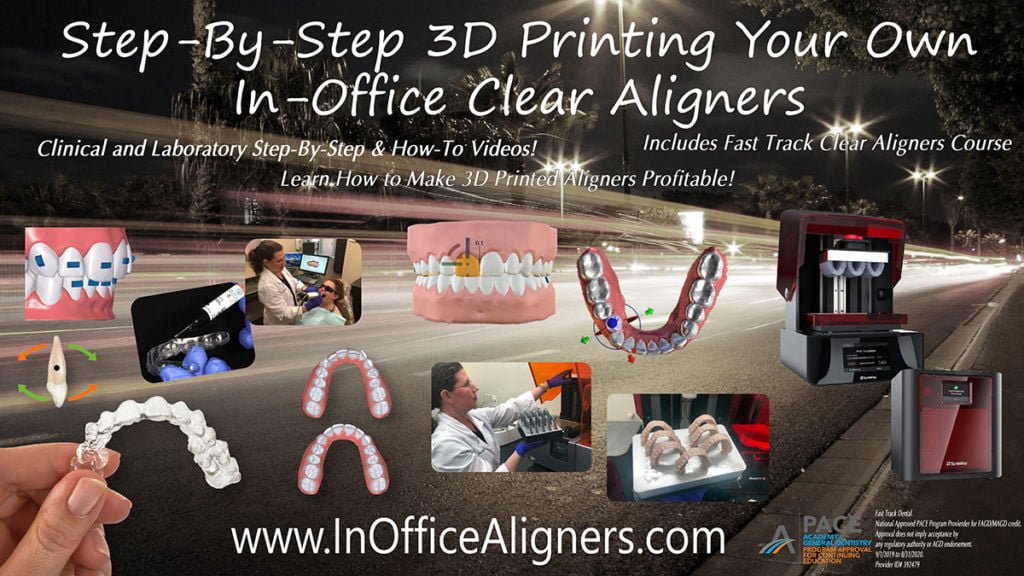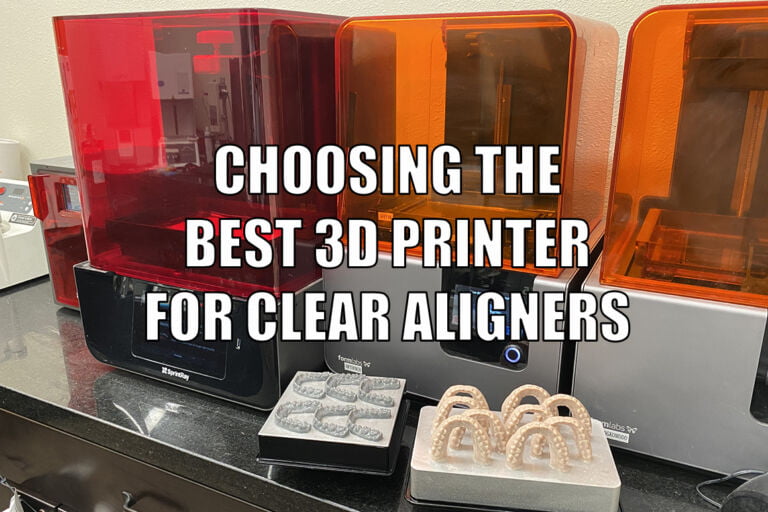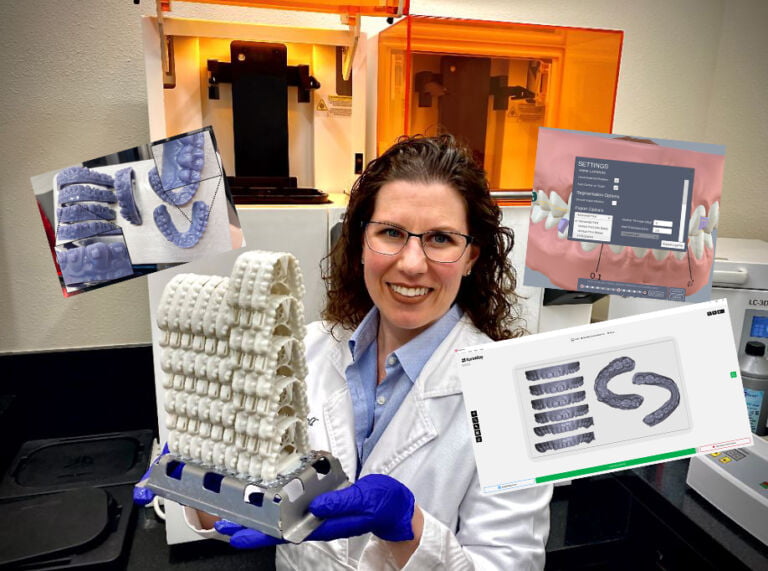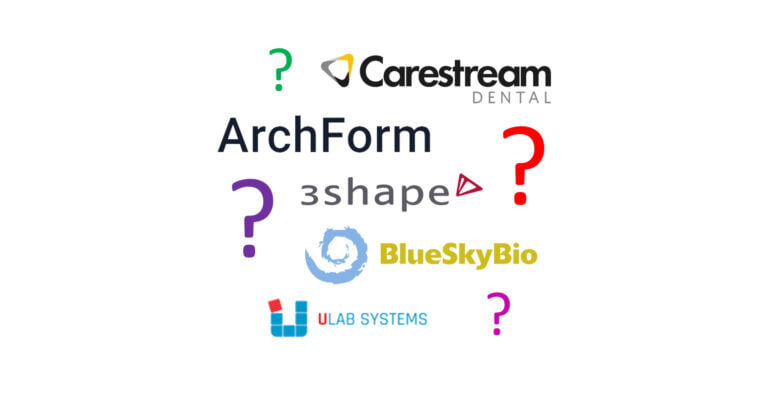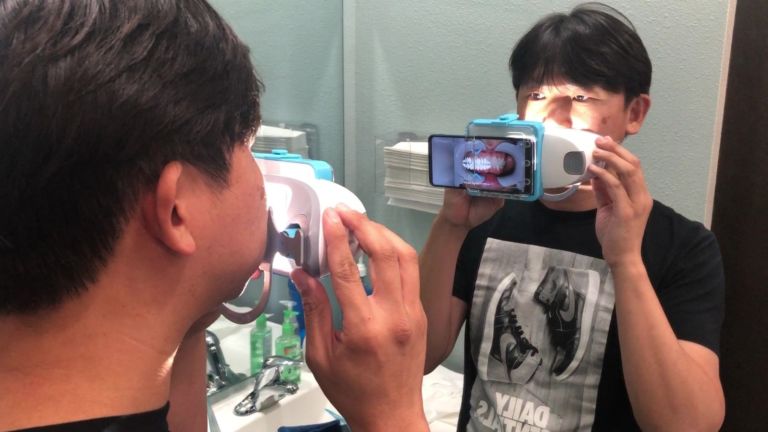Evaluating Clear Aligner Removal Tools
When working with clear aligners one of the most challenging tasks with aligner delivery can be teaching the patient how to place and remove the aligners. Patients can often become easily frustrated with placing and removing aligners as the retentive aligners can give a challenge to patients that are not used to wearing orthodontic appliances.
In fact, as crazy as it sounds, some patients are uncomfortable placing their fingers in their mouth to remove the aligner! These patients feel like they cannot find a place to grip onto the aligner for easy removal from the mouth.
There have been several products developed over the years to aligner removal and I find these aligner removal tools can be a great aid to my patients.
Elastics Hooks:

While elastic placement hooks are traditionally used to aid patients with placing inter-arch elastics around the hooks on bands and brackets – these elastic hooks can double as an aligner removal tool too! Elastic hooks are double ended instruments with a hook at one end and a v-shape notch at the opposite end. The hook portion can be used to go over the edge of the aligner and can be pulled to dislodge the aligner from the teeth. The v-shaped notch can sit on the edge of the aligner and can be used with a pushing motion to remove the aligner from the teeth. These simple cost-effective elastic hooks can be helpful for teaching first time aligner wearers how to remove their new clear aligner and as a result are a great tool to recommend to beginners. They’re available everywhere including Walmart.
Outie Tool:
The Outie Tool is a large and sturdy tool designed to help the patient remove clear aligners from the mouth. The large size and ridged plastic prevent the tool from flexing when removing an aligner from the mouth. This double-sided instrument has one end with a u-shaped hook designed to engage the edge of the aligner and remove it from the mouth with a pulling motion. The opposite end has a flat surface designed to rest against the edge of the aligner and dislodge the aligner with a pushing motion. This tool is recommended for beginners to experienced aligner patients and are easily available on Amazon.

The PUL System by PULTOOL:

The PUL System by PulTool combines both an aligner removal tool and an aligner seating tool in one convenient compact tool. The ridged plastic material prevents the tool from flexing making aligner removal easier. The PUL System has an easy to hold loop shaped handle that allows the patient to have an easy to hold tool. The removal end of the tool is a rounded elliptical hook at a ninety-degree angle to the handle, that comes to a tapered point where it touches the aligner. The unique design to the removal end easily fits into the interproximal space of the teeth or rests on the edge of the aligner to allow the aligner to be removed with a pulling motion. A neat feature is that the PUL System has a unique rubbery chewie that can be moved down the handle to be used as a tool to seat the aligner. The PUL System combines two helpful tools that a patient can easily carry for aligner removal and insertion. The PUL tool is for all aligner patients from beginner to experienced and is available directly from the manufacturer online.
Want to learn more? Check out this video below where I review each tool!
Are you interested in getting into clear aligner therapy but unsure if they really work? Are you a general dentist interested in getting into orthodontics but not know where to start? Check out our comprehensive fast-track clear aligner course featuring diagnosis and treatment planning, how to get started with clear aligner laboratories, the differences in technology, step-by-step clinical procedures from taking records to delivering aligners and monitoring your patients until case completion. We cover the basics to getting you started with clear aligner treatment using traditional and digital methods for recording taking, step-by-step clinical and laboratory workflows, insurance/billing and growing your clear aligner practice through innovative marketing strategies. The clear aligner course is eligible for up to 12 hours of continuing education credits.
Interested in 3D Printing your own clear aligners? Check out our step-by-step 3d printing course featuring creating your own branded in-house clear aligners by designing and 3D printing your aligner cases. We teach you the secrets, step-by-step on how to set-up your cases (or outsource setup!) and then 3D print models for aligners, vacuum forming aligners, and then finishing and delivering them to the patient! The clear aligner course includes the entire fast-track clear aligners course mentioned above and is eligible for up to 27 hours of continuing education credits.

Dr. Melissa Shotell, DMD, MS
Dr. Melissa Shotell is a Board Certified Orthodontist, focusing on the interplay of Orthodontics and restorative treatment. Dr. Shotell received her DMD at Nova Southeastern University and advanced hospital training a General Practice Residency Certificate from The Ohio State University. After spending years in general practice treating a broad range of patients, Dr. Shotell returned to complete a certificate and master’s degree in Orthodontics from Loma Linda University. At Loma Linda University, Dr. Shotell focused her training on cutting-edge three dimensional imaging technology for diagnosis and treatment planning for interdisciplinary dentistry. Dr. Shotell considers education to be her passion and regularly consults and lectures on dental technology, clear aligner therapy, orthodontics, office efficiency and workflow, and teamwork.



